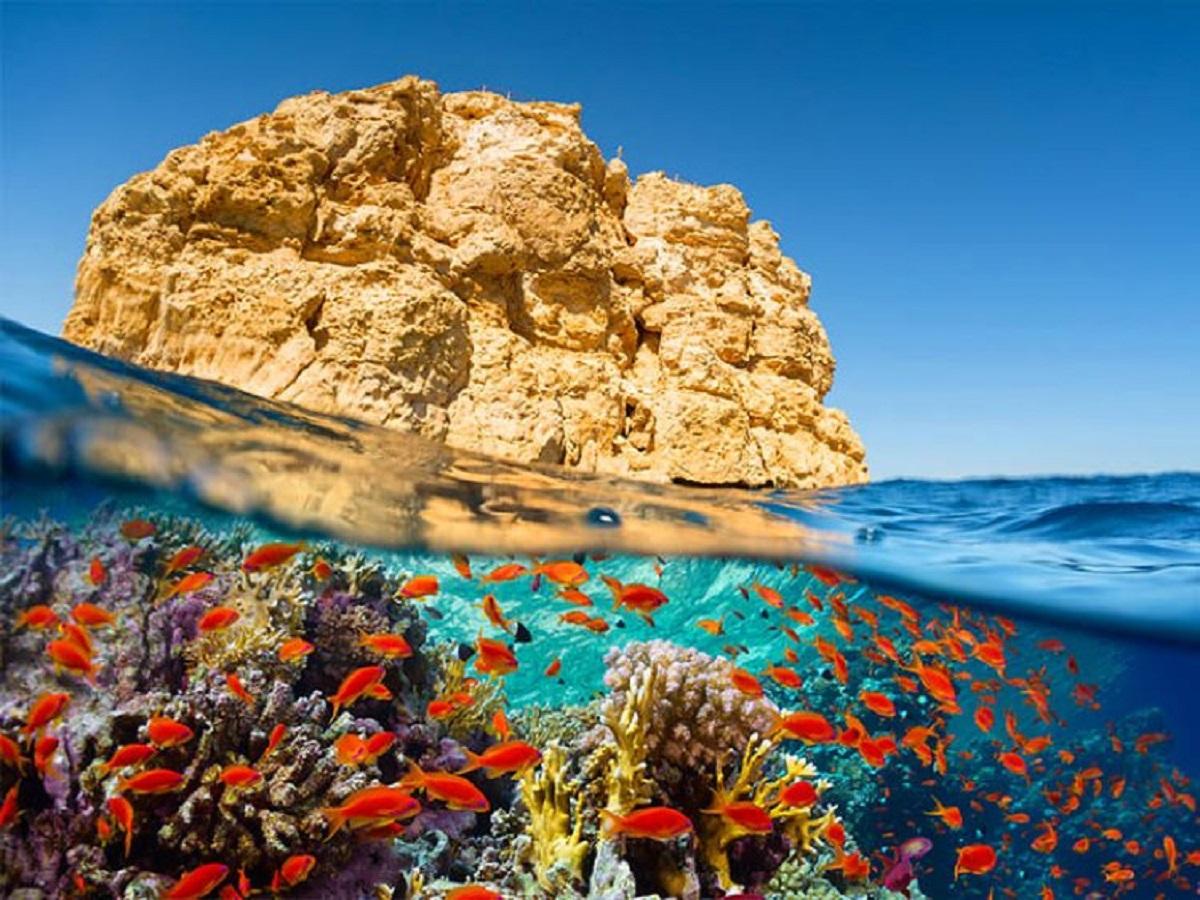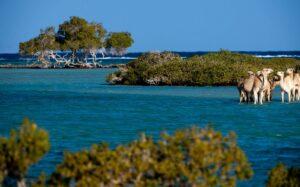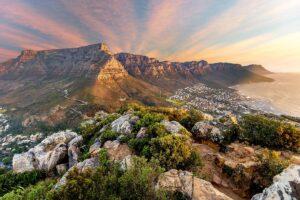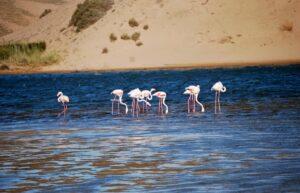Ras Mohammad National Park is one of Egypt’s most prized nature reserves, known for its striking marine life and breathtaking landscapes. Established in 1983, this national park covers over 480 square kilometers at the southern tip of the Sinai Peninsula.
It serves as a critical area for biodiversity conservation and eco-tourism, offering visitors a unique opportunity to explore both desert landscapes and vibrant coral reefs teeming with aquatic life.
The park’s location, where the Red Sea meets the Gulf of Aqaba, makes it a world-renowned destination for diving and snorkeling. Ras Mohammad is also known for its rich cultural heritage, with ancient trade routes passing through the region, adding another layer to its historical significance.
Please Download Our Mobile App here
Overview of Ras Mohammad National Park
Ras Mohammad National Park encompasses both land and sea, offering a variety of ecosystems. On land, you’ll find dramatic desert plains, mountainous plateaus, and mangrove forests. The park is situated near the meeting point of the Gulf of Suez and the Gulf of Aqaba, making it a hotspot for diverse marine environments.
The coastline of the park is known for its crystal-clear waters and stunning coral reefs, home to more than 220 species of coral. These reefs are a haven for over 1,000 species of fish, as well as marine turtles, rays, and dolphins.
The inland areas of Ras Mohammad are home to arid desert vegetation and salt marshes, which provide a unique contrast to the vibrant underwater world just offshore. The park’s blend of terrestrial and marine environments makes it an unparalleled destination for both nature enthusiasts and adventurers
Wildlife in Ras Mohammad National Park
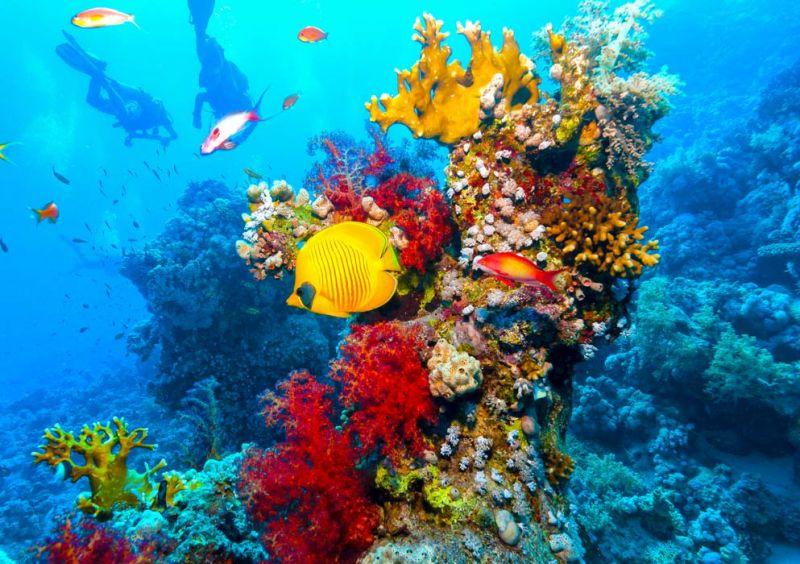
Ras Mohammad National Park is best known for its rich marine life, attracting divers from all over the world. The coral reefs of Ras Mohammad are teeming with colorful fish species like butterflyfish, angelfish, and clownfish, as well as larger marine creatures like barracudas and sharks.
Hawksbill and green turtles are frequently seen gliding through the clear waters, while dolphins are often spotted playing near the coastline. The reefs are also home to a variety of invertebrates, including sea urchins, starfish, and mollusks, all contributing to the park’s rich biodiversity.
On land, the park’s desert areas are home to gazelles and ibexes, as well as various species of birds such as herons, egrets, and osprey. The mangrove forests, a rare sight in Egypt, provide habitat for a variety of shorebirds and help support the coastal ecosystem
Best Time to Visit Ras Mohammad National Park
The best time to visit Ras Mohammad National Park is during the cooler months from October to April, when temperatures are more moderate, ranging between 20°C to 30°C. During this period, the weather is pleasant for outdoor activities like snorkelling, diving, and hiking.
The summer months, from May to September, can be extremely hot, with temperatures soaring above 40°C, making it less comfortable for land-based activities, though the underwater conditions remain ideal for diving.
If you’re keen on birdwatching, especially for migratory species, the winter months offer the best opportunities, as many birds pass through the park on their way south. For divers, visibility is excellent year-round, but the cooler months often provide calmer seas, making it the most comfortable time to explore the reefs.
Getting to Ras Mohammad National Park
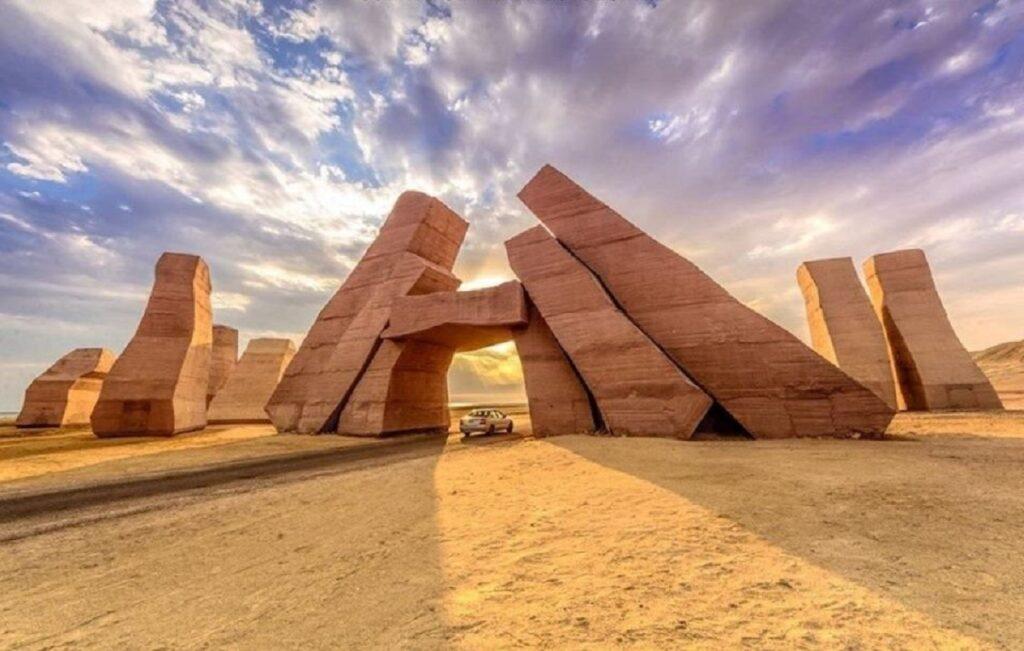
Ras Mohammad National Park is located just 20 kilometers from the popular resort town of Sharm El-Sheikh, making it easily accessible for visitors. The most common way to reach the park is by car or organized tour from Sharm El-Sheikh, with the journey taking about 30 minutes.
For those flying in, Sharm El-Sheikh International Airport is the nearest airport, with flights available from major cities in Egypt and around the world. Once at the park, visitors can explore by foot, boat, or with guided diving and snorkelling tours.
The park’s proximity to Sharm El-Sheikh means there are plenty of accommodation options for travelers, from luxury resorts to more budget-friendly hotels. If you’re coming from Cairo, there are also overnight buses and domestic flights that can take you directly to Sharm El-Sheikh
Other Activities in Ras Mohammad National Park
Ras Mohammad National Park is a paradise for those who love water-based activities. The most popular activity here is scuba diving, with sites like Shark Reef, Yolanda Reef, and the Eel Garden offering some of the best diving spots in the Red Sea. These sites are famous for their crystal-clear waters and an abundance of marine life, including sharks, rays, and vibrant coral formations.
Snorkelling is another great way to explore the shallow reefs near the shore, where colorful fish and corals can be seen just a few meters below the surface. For those who prefer staying above water, boat trips around the park’s coastline offer stunning views of both the sea and desert landscapes.
On land, hiking is a popular activity, especially along the park’s rocky trails that lead to viewpoints overlooking the Gulf of Aqaba. Visitors can also explore the mangrove forests and salt marshes, which offer a completely different environment compared to the underwater world
Fees at Ras Mohammad National Park
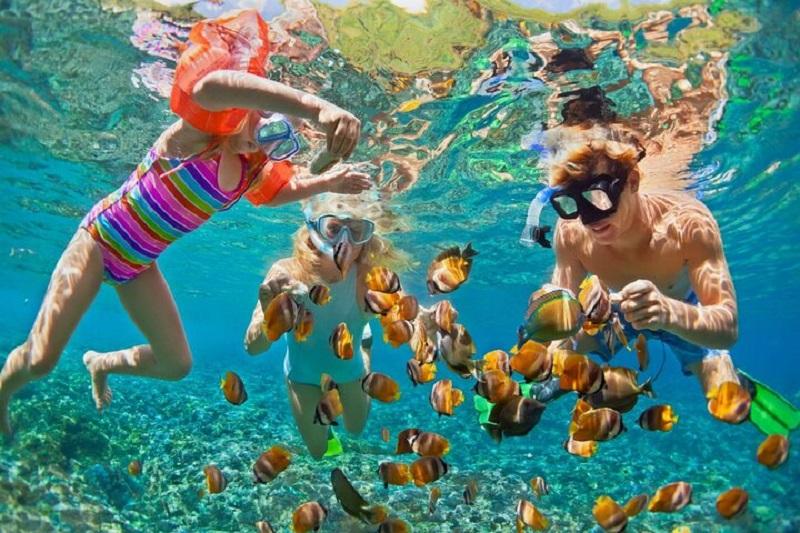
Entry fees to Ras Mohammad National Park vary depending on the activity and nationality of visitors. As of 2023, non-residents can expect to pay around 5-10 USD per person for park entry. If you’re planning to dive, additional fees may apply, ranging from 10-25 USD per dive, depending on the operator and the number of dives booked.
Egyptian residents typically enjoy lower fees, with discounts available for students and children. It’s important to note that some activities, like boat trips and guided snorkelling tours, come with their own fees, which are separate from the park entry charges. Always check with tour operators or the park’s visitor center for the most up-to-date pricing
FAQs
Can I visit Ras Mohammad National Park if I don’t dive?
Yes! There are plenty of activities for non-divers, such as snorkeling, boat trips, birdwatching, and hiking along the scenic trails. The shallow reefs near the shore are perfect for snorkelers to enjoy the vibrant marine life.
Are there any accommodation options within the park?
While there are no hotels inside the park, Sharm El-Sheikh, just 20 kilometers away, offers a wide range of accommodations from luxury resorts to budget-friendly hotels, providing easy access to the park.
Is Ras Mohammad National Park family-friendly?
Absolutely! Families can enjoy activities like snorkeling, exploring the mangroves, and taking guided boat trips. There are also safe, shallow areas for kids to swim and discover marine life under supervision.
Conclusion
Ras Mohammad National Park is a gem of Egypt’s natural heritage, offering unparalleled opportunities to experience the beauty of both its land and marine environments. Its stunning coral reefs, rich biodiversity, and desert scenery make it a must-visit destination for anyone traveling to Egypt.
